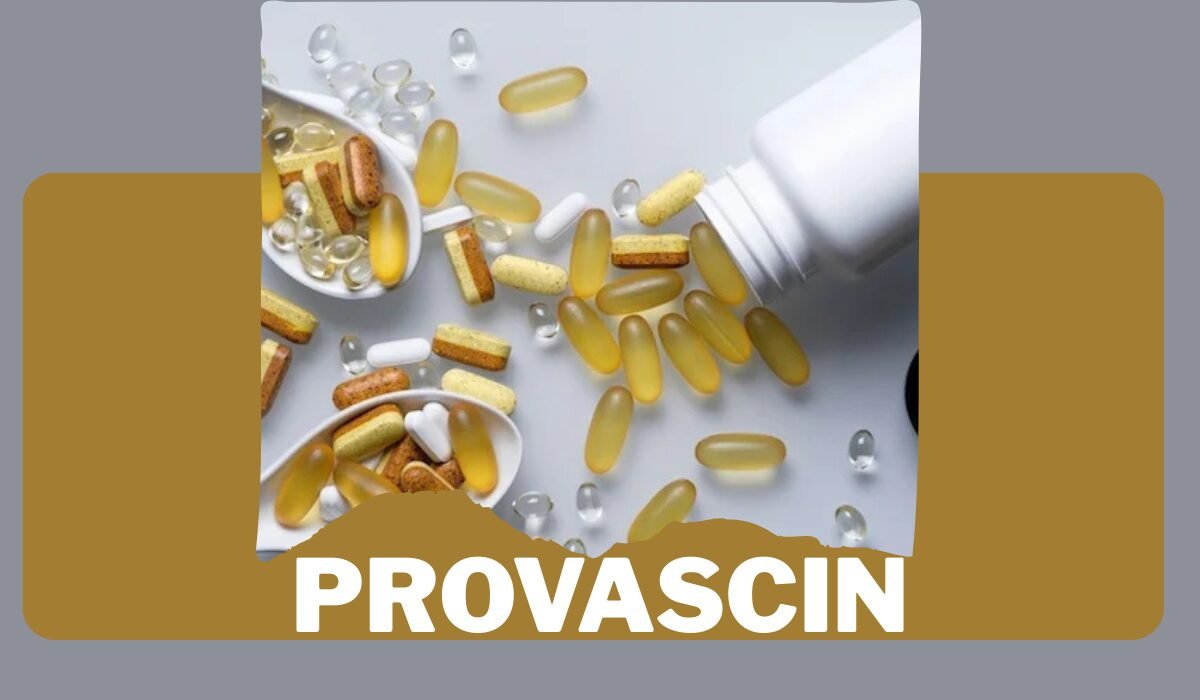Clean water is essential for life, yet many communities are unsure about the safety of their drinking water. Various environmental factors can contribute to this uncertainty. Aging infrastructure is another significant concern, as it can allow contaminants to seep into the water supply. A 2022 post by The Hill states that the objectives of the Clean Water Act, which was enacted fifty years ago, haven’t been met. The majority of rivers and streams in the United States are too contaminated to be suitable for drinking water sources. Even with the Clean Water Act’s best efforts, water pollution is still a major problem in the US.Everyday practices also play a role in introducing pollutants. As a result, ensuring safe drinking water is a complex challenge. Addressing these issues is crucial for protecting public health.Understanding these risks and taking proactive steps empowers you to safeguard your health and advocate for clean water in your community.
Identifying Your Water Source
Knowing where your water comes from is the first step. Does your community rely on surface water sources like rivers or lakes, or does it utilize groundwater from wells? Each source presents unique potential risks. Surface water can be susceptible to agricultural runoff, industrial waste, and algal blooms. According to Scientific American, the area covered by algal blooms has expanded by 1.5 million square miles, or around 13% since the 2000s. Toxins released into the water by these blooms contaminate the surrounding area. The blooms’ eventual decomposition and eventual death can lower the water’s oxygen content. The environment is harmed by this decrease in oxygen.Heavy rainfall events can also overwhelm treatment facilities, leading to increased contamination risks from surface water sources. Groundwater, while less prone to surface contamination, can be impacted by naturally occurring elements like arsenic or lead leaching from old pipes.
Common Water Contaminants
Several contaminants can threaten your drinking water. Microbiological threats like bacteria, viruses, and parasites can cause waterborne illnesses. According to the CDC, the U.S. experiences about 7.15 million waterborne illnesses annually, resulting in 120,000 hospitalizations and 6,600 deaths. Major causes of these hospitalizations and fatalities include pathogens like Legionella bacteria and nontuberculous mycobacteria (NTM), which are frequently found in biofilms. Swimming, bathing, breathing aerosolized water, and ingesting water can all expose one to aquatic diseases.Chemical contaminants, including lead, arsenic, nitrates, and industrial chemicals, can pose long-term health risks. Additionally, emerging contaminants like pharmaceuticals and personal care products are raising concerns. Microscopic parasites like Cryptosporidium are particularly difficult to remove from water supplies and can cause severe gastrointestinal illness. This is especially true in the case of vulnerable populations like young children and immunocompromised individuals.
Firefighting Foam Linked to Water Contamination
Aqueous film-forming foam (AFFF), once widely used for firefighting, has emerged as a potential contaminant. An essential part of AFFF, PFAS chemicals are very mobile and pervasive in the environment.PFAS can damage drinking water supplies when they seep into soil or water sources through AFFF. Numerous health concerns, including immune system malfunctions, certain types of cancer, and developmental delays in children have been connected to PFAS exposure.The widespread use of AFFF at military bases, airports, and industrial facilities has raised concerns about potential PFAS contamination in nearby communities. Studies are ongoing to determine the full extent of AFFF contamination and its impact on public health.
The Legal Fight for Clean Water
Concerns about AFFF contamination have led to a wave of lawsuits against manufacturers and users of the firefighting foam. Communities with water supplies affected by PFAS are seeking compensation for cleanup costs and potential health impacts through the AFFF foam lawsuit.According to a July 2024 research shared by AboutLawsuits, dangerous PFAS compounds in AFFF can penetrate the skin. This research supports claims that exposure to PFAS in firefighting foam and turnout gear causes cancer. The report adds weight to the case for holding manufacturers responsible and compensating those who are injured.TruLaw highlights that these lawsuits aim to hold polluters accountable and encourage the development of safer firefighting alternatives. The outcome of these legal battles could have significant implications for public health and environmental protection.
Protecting Your Water Supply
Several actions can help protect your water supply. Staying informed about your community’s water quality reports is crucial. If you have concerns, consider home water testing or filtration systems. Advocating for stricter regulations on industrial waste disposal and supporting efforts to upgrade aging water infrastructure can benefit the entire community. Regularly maintaining your home plumbing, including replacing old or corroded pipes, can also help reduce lead and other contaminant exposure from your tap water.
FAQs
How can you remove PFAS from drinking water?
PFAS are often removed from drinking water using sophisticated filtering methods such as activated carbon, electrolysis, or reverse osmosis. These procedures significantly lower PFAS levels. Regular upkeep and monitoring are required to ensure the sustained efficacy of these treatment systems.
What are the leading sources of water pollution in America?
Water contamination in America is mostly caused by industrial discharge, crop residue, and poor trash disposal. Nutrient overload from fertilizers and pesticides, along with contamination from pharmaceuticals and personal care products, also significantly contribute to water pollution. Urban development and stormwater runoff exacerbate these issues, affecting water quality.
What is the lawsuit against PFAS?
The lawsuit against PFAS involves claims that manufacturers of these “forever chemicals” are responsible for environmental contamination and health issues. Firefighters, municipalities, and individuals have sued for damages due to exposure to products like firefighting foam. The lawsuits seek compensation for health impacts and remediation costs.
Safeguarding clean water necessitates a multi-pronged approach. Individual vigilance through testing and filtration empowers self-protection. Collective action through legal channels holds polluters accountable and incentivizes safer alternatives. Upgrading infrastructure and stricter regulations are paramount for lasting solutions. We ensure a healthier future for ourselves and generations to come by prioritizing clean water.





